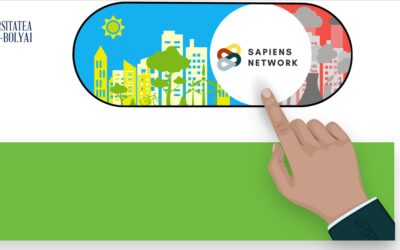Our lead researcher Rodrigo Lozano (University of Gävle) published a new article titled “Developing a decision-making tree for circular economy” co-authored with Francisco Jose Lozano (Instituto Tecnologico y de Estudios Superiores de Monterrey).
ABSTRACT:
Circular economy (CE) is aimed at redressing the negative impacts on the environment from linear economic models. CE should consider the economic and environmental dimensions; however, in most cases, these have been addressed separately. CE discourses have focused mainly on the environmental dimension and assumed that all material loops must be closed. Despite the calls to engage with CE, there has been extremely limited research on decision-making for CE. The following steps were followed in the decision-making for CE framework construction and design: (1) reviewing the literature; (2) considering economic data approaches; (3) accounting for material flows; (4) modifying the fungibility approach to focus on the environmental dimension; (5) considering environmental impacts; and, (6) selecting a decision tree format. This paper combines the economic fungibility (probability of recovery and price), environmental impacts fungibility (probability of recovery and environmental impacts) to develop the ‘Decision-making tree for circular economy’ framework. The decision-making tree for circular economy is aimed at providing guidance on which and how to close loops depending on economic considerations, environmental impact, and probability of recovery of materials. The CE decision-making tree provides eight options to help decide which and how to close such loops, and help decide which material loops should be eliminated, closed, or remain open. Decision-making is key to deciding which loops to close to engage with CE more efficiently.
The article, published on the 23rd of August 2023 by Sustainable Development (Wiley), is available open access at the following link:







0 Comments